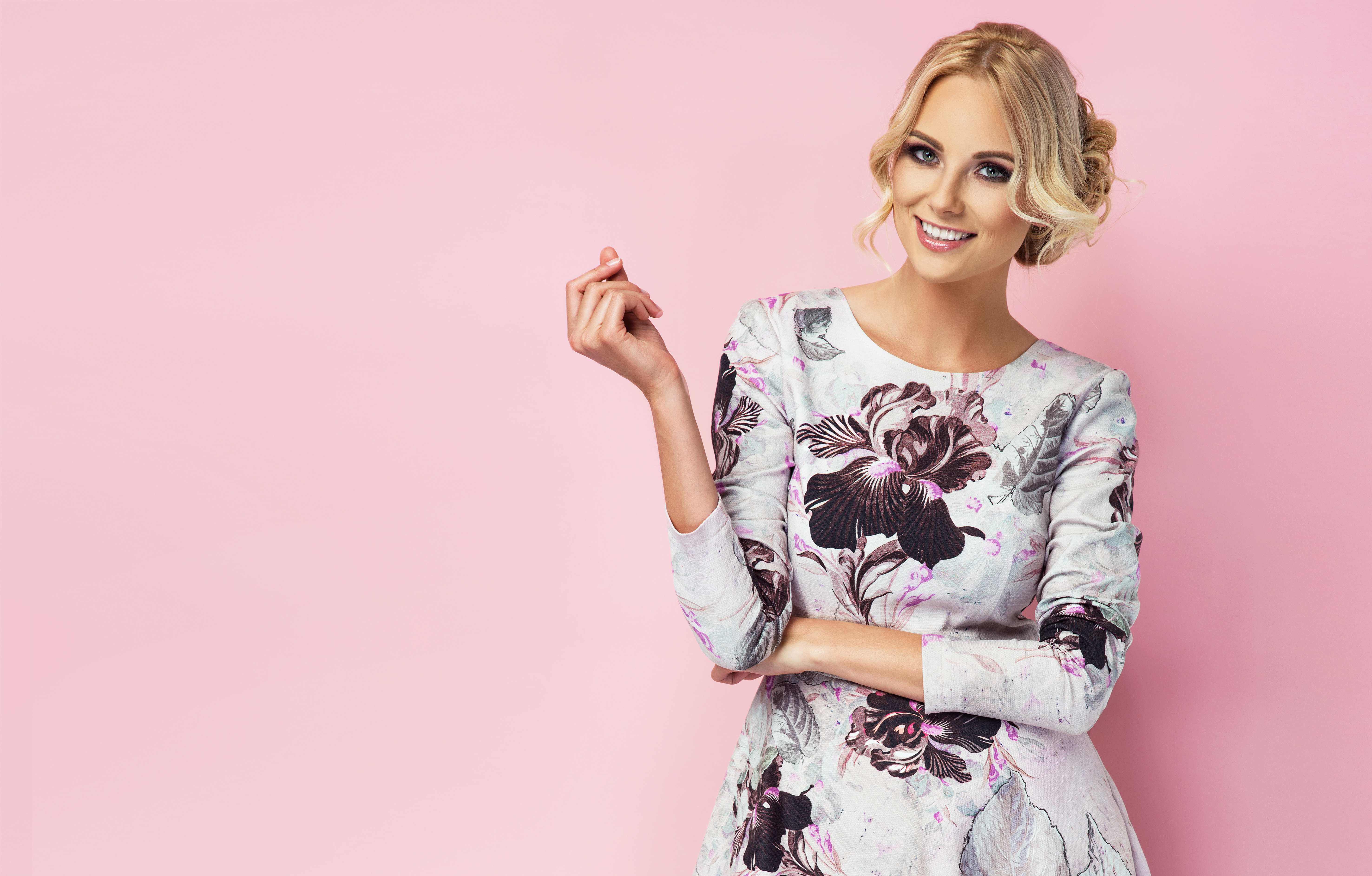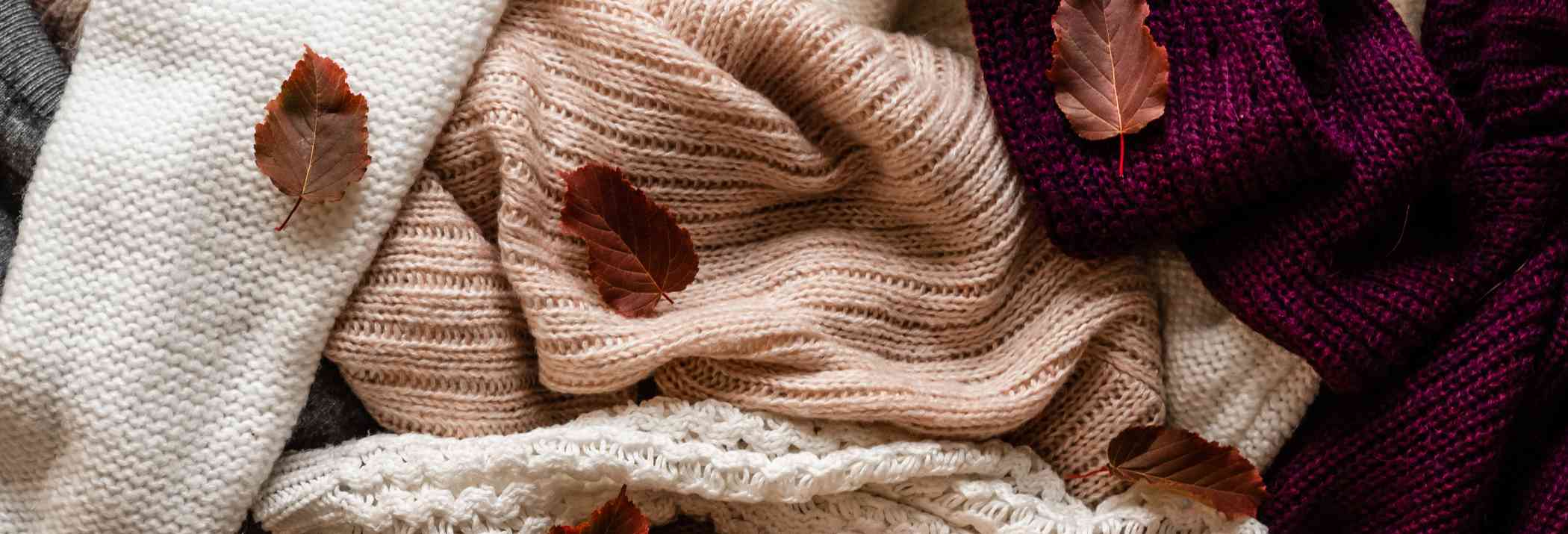Hippie Fashion 1970s: Avant-Garde Inspirations For 21st Century Designers

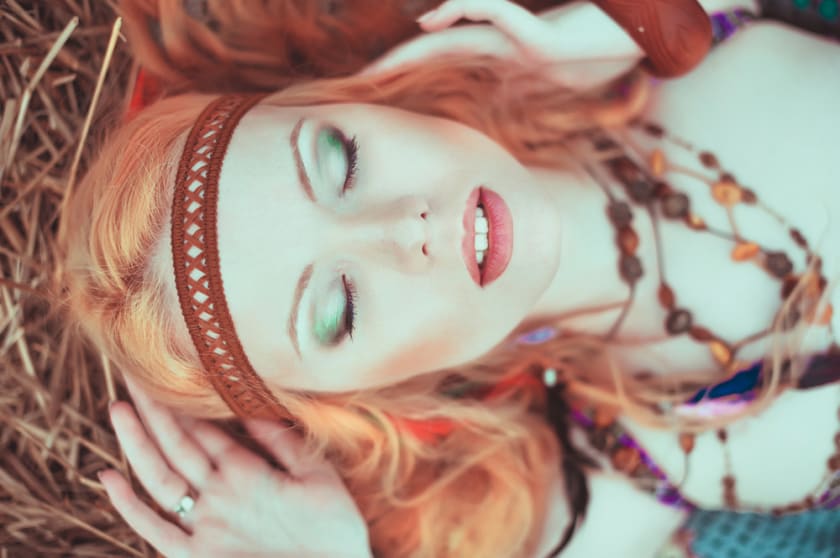

When it comes to avant-garde fashion, the first decade of the 21st century seems like a pretty safe bet for a return — if you can swing the asymmetrical haircuts, colourful leggings, retro cut-off tees, and vintage flair. While there are plenty of examples from various eras that exude a Bohemian hippie aesthetic, one decade in particular reigns supreme when it comes to fashion that pushed boundaries and celebrated individuality: the 1970s.
The Hippie fashions of the 1970s continue to inspire fashion designers worldwide even today. The folk-art-inspired garments from this era were highly colourful, Bohemian in spirit, comfortable to wear, and had a great, carefree vibe. One of the most progressive fashion movements in generations — Hippie fashions of the 60s and 70s — was all about free love, free expression, and being true to yourself! Learn more about Hippie Fashion 970s and Avant-Garde influence on 21st-century designers in this blog post.
The Hippie Fashion Era of the 1970s
Designers have always looked to the past for inspiration, but there are times when fashion is so far off track that it takes a complete revolution to get it back on course. The late 1960s was such a time. The design had stagnated, and women were rebelling against the fashions of their mothers. The styles they wanted weren't available in stores, so they began creating their outfits.
It was the beginning of modern fashion — not just a new look, but an entirely new way of thinking about clothes and what they represent. Avant-garde designers such as Pierre Cardin and Andre Courreges had already been experimenting with new shapes and fabrics for several years when young people on both sides of the Atlantic took up the challenge themselves.
However, the hippies of that era were trying to promote peace, love, and music; their aesthetics have become a part of our collective consciousness as a retro fashion statement. For example, floral prints and bright colours are still in style today.
What Stirred the Famous Hippie Fashion of the 1970s?
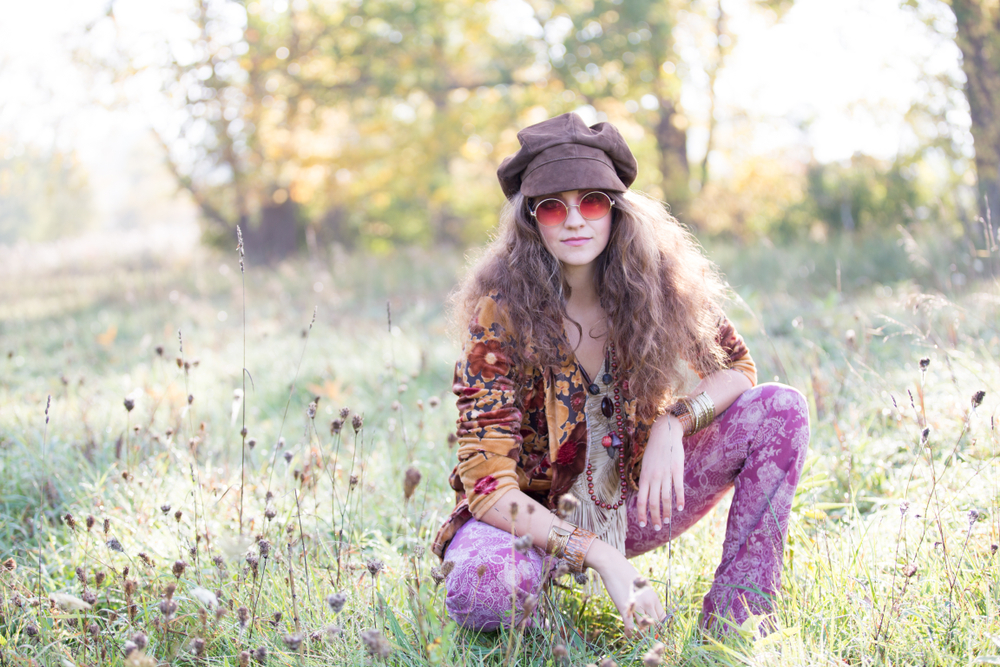
The 1960s and 1970s were a time of rebellion, self-expression, and above all, love. The hippie movement during that time was a subculture that changed the world. Hippies were known for their extremely liberal views, especially concerning politics and social issues, and their uniqueness in clothing and accessories.
Furthermore, the hippie culture was also about anti-establishment trends that challenged conformity and convention. As hippies put more thought into their clothing choices, they started mixing different styles to express themselves more creatively.
That's when the avant-garde look of the late 1970s emerged, with its bold patterns, unusual cuts, and asymmetrical styling. Men began wearing longer sideburns and moustaches with beards that weren't trimmed neatly around the edges like in previous decades.
Whereas women started dressing up in more revealing outfits too, such as tube tops or miniskirts paired with leggings or tights underneath them for added warmth during colder months when these looks wouldn't make sense otherwise.
How has the Hippie Fashion 1970s Inspired 21st Century Designers?
It is hard to believe that hippie fashion trends of the 1970s have influenced the way we dress today. The hippie movement was a major influence on the history of fashion and brought about a fresh perspective. It was also a time when people were free to experiment with their looks, so what we wear today has been influenced by its legacy.
In the late 60s and early 70s, hippies were considered rebels and anti-establishment figures who wore clothes that most would consider outlandish today. They often wore long flowing garments like bell bottoms, peasant skirts, tunics, and kaftans. These clothes were made in the most colourful fabrics or with macramé patterns.
They usually wore tights or leggings underneath those layers and were accessorized with chunky jewellery or feathers in their long hair. Although hippies looked different from everyone else during that time, many of their styles are now mainstream.
In fact, today's Bohemian style is a direct result of the hippie culture because it is based on freedom of expression through clothing and accessories. It has inspired designers like Jean Paul Gaultier and Dolce & Gabbana to recreate some of these looks in recent years.
Popular 1970s Hippie Fashion Elements that Still Exists Today
The hippie era of the 1970s is often associated with flared trousers, bright patterns, and psychedelic prints. But the decade saw many different trends, from go-go boots to knee-high suede boots.
Fashion designers still frequently look to the hippie style for inspiration when creating new collections. Here are some of the key themes that are still popular today:
- Go-go boots
These flat, mid-calf boots were first worn by flight attendants in the 1960s but became hugely popular with hippies during the 1970s. They were worn by women in a variety of colors and styles — some were square-toed, while others were round or pointed. Some were plain leather, while others had details such as fur trimmings or patterned stitching. Several companies produced their versions of this footwear and they remain popular today.
- Maxi dresses
The maxi dress was previously a trend in the 1960s but really came into its own during the 1970s, when it was adopted by both hippies and disco fans alike. The dress featured a long, flowing skirt which could be worn with either a blouse or a sleeveless top. It was often made from lightweight fabrics such as linen or silk.
- Bell-Bottoms and Wide-Legged Trousers
Another way to see how hippies have influenced fashion is by looking at some of their favourite styles. You may not think of bell bottoms as something worn in today's world, but plenty of designers still create clothing that shows off those wide legs.
- Halter Tops
Halter tops have been around for decades, but they came into their own during the disco days of the 1970s. These tops were made from polyester and often had large prints on them. They offered a comfortable way to show off a woman's shoulders and upper chest area without looking too revealing. Halter tops are still worn on beaches today, particularly in tropical climates where women want something light and airy to wear while they soak up some sun.
- Denim Jackets
Denim jackets were also on top of everyone’s wish list in the 70s. These jackets were worn with everything from bell bottoms to overalls to mini skirts and maxi dresses. Even today, the possibilities for denim jackets are endless!
How Does 1970s Hippie Fashion Elements Still Relevant Today?
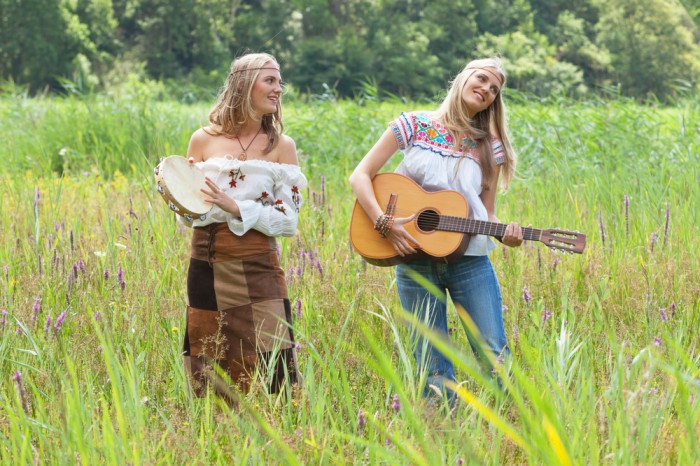
Fashion is a worldwide phenomenon that varies from one part of the world to another. It is part and parcel of every society, but it has become more significant in metropolitan cities where people have become more conscious about their appearance.
The emergence of new cultures and fashion trends always takes place in urban societies, which slowly spread to other parts of the world. The 1970s witnessed plenty of changes in terms of fashion and trends due to various political and social reasons. The hippie era was one of the most significant fashion eras that have left a permanent mark on the minds of people.
The Hippie style was popular in the late 1960s and 1970s because of its ease of use and comfort. It also represented a counterculture movement at the time that sought to make changes in society. And that is why some elements of 70s fashion are still present in contemporary clothing, and you can see how plenty of modern trends have evolved from these elements.
Wrapping Up
This article was all about the fashion inspiration from the 1970s Hippie Fashion Era. The hippie fashion era of the 1970s was when the world witnessed a lot of social, political, and cultural changes. This era saw tremendous changes in the way people portrayed themselves to the outside world. It was the time when people started expressing themselves through their clothes, hairstyle, make-up, and accessories. The hippie culture was more of an attitude rather than a fashion statement and that attitude has now been carried forward by designers like Vivienne Westwood, Alexander McQueen, Miuccia Prada, and many more in the 21st-century too.
If you’re a brand struggling to launch your vintage collection then Fashinza can help you right away. Fashinza is a B2B manufacturing marketplace that solves apparel/fashion supply chain challenges. It removes the need for costly consultants and advisors, empowering you to source orders quicker, cheaper and smarter. Learn more about it’s services Here.















